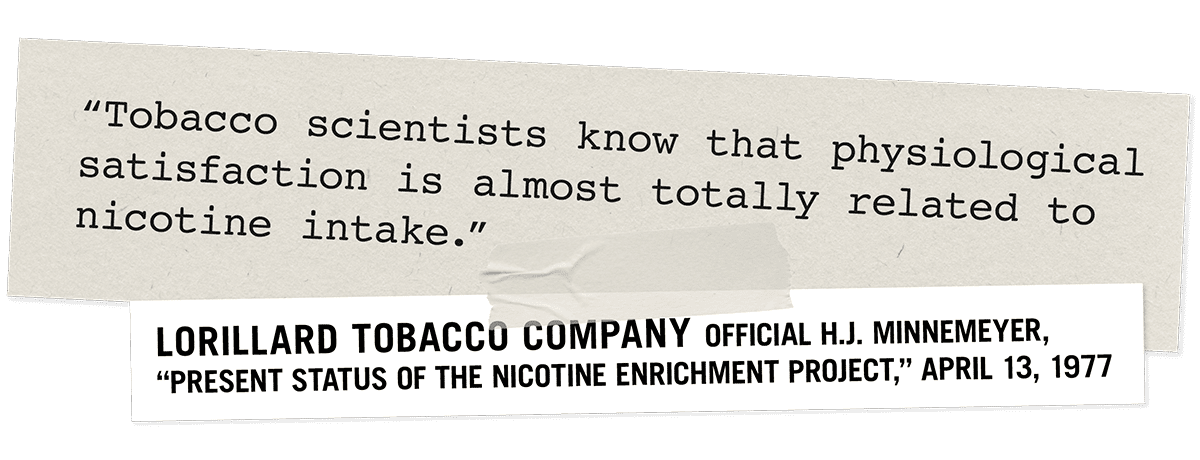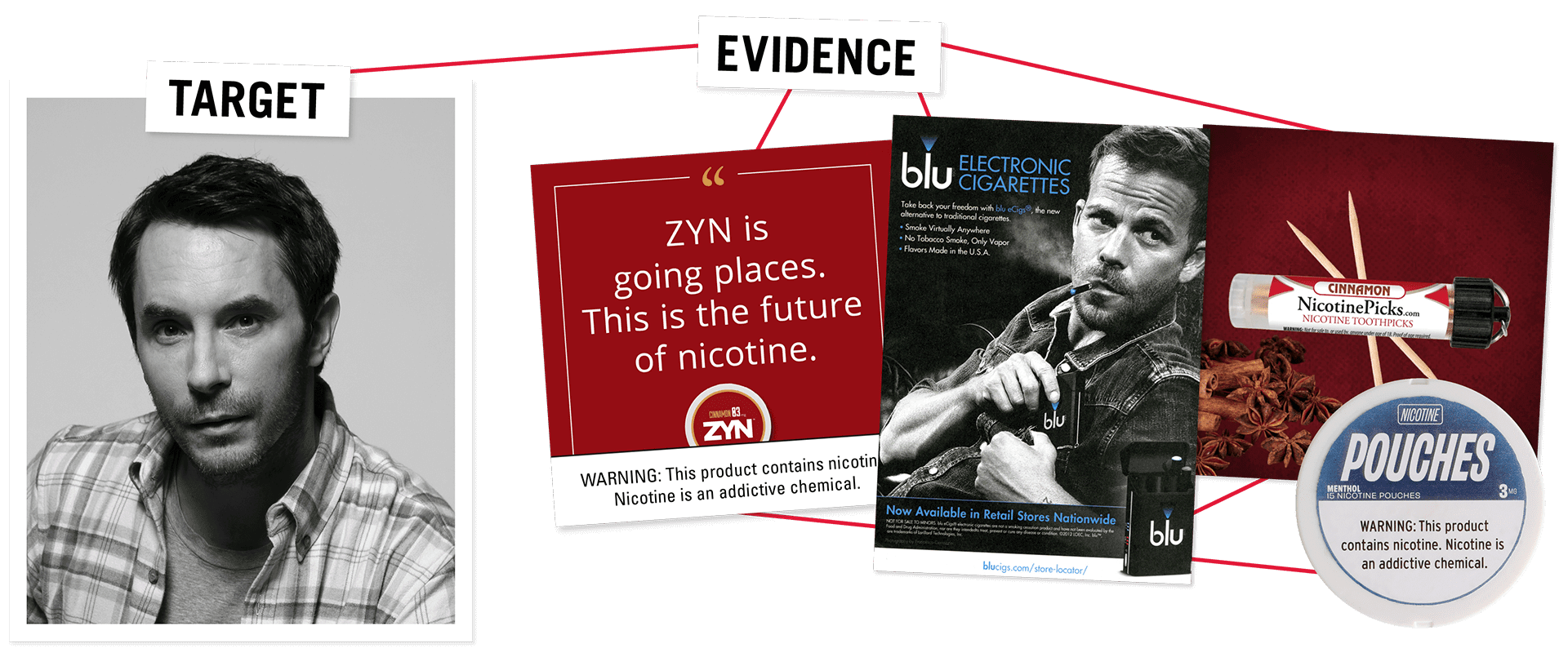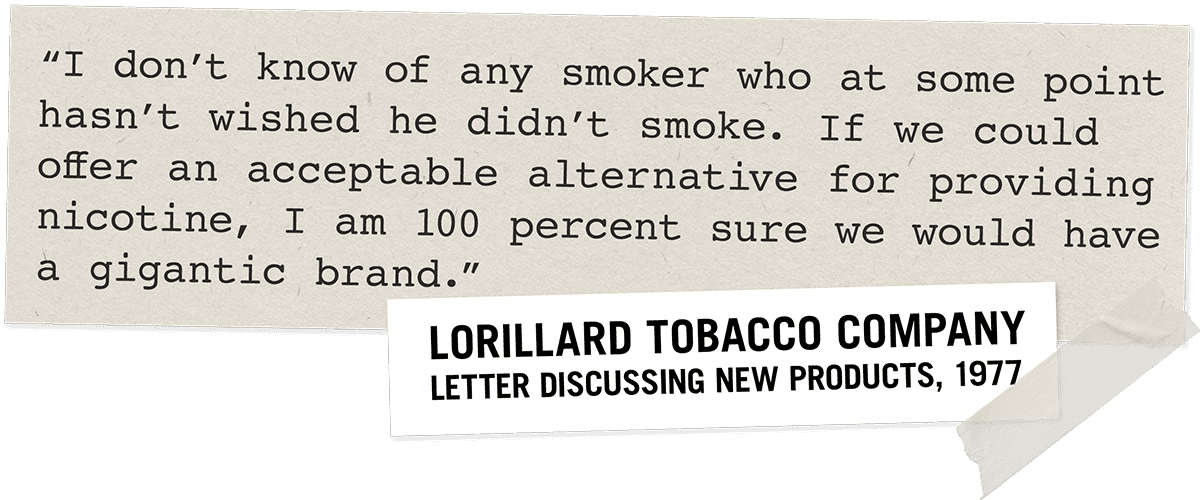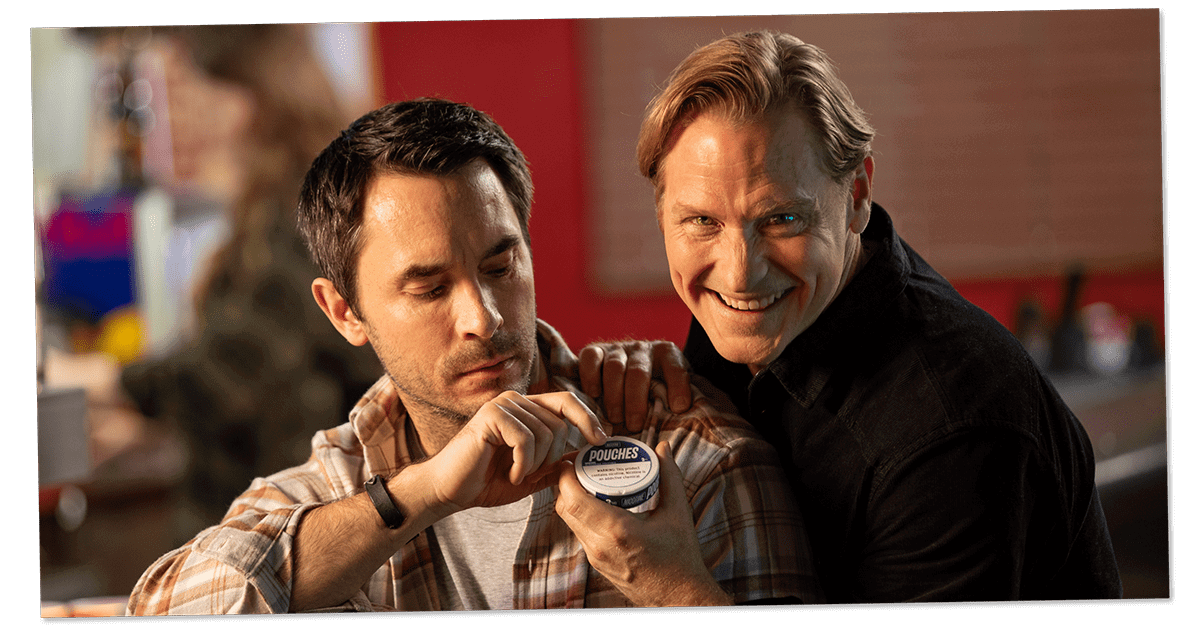Smokeless tobacco facts

No tobacco means no harm, right? At least, that’s the lie Big Tobacco would have you believe as they slip a nicotine pouch into your hand. Just because it isn’t smoking doesn’t make it safe. From patches and toothpicks to vape pens and more, tobacco companies offer a seemingly endless array of new nicotine products to get you hooked.
So … how did Big Tobacco get here in the first place?

New Products, Same Old Tricks
The good news? The public’s opinion of tobacco is at an all-time low. The bad news is that the tobacco industry is always one step ahead. Over the past few years, they have introduced product after product that’s advertised as “nicotine only” in the hopes that the anti-smoking crowd will pick one up.

The Latest Scheme
By marketing nicotine-only products as “pure,” “clean” and “harmless,” the tobacco industry is deceptively initiating several new customers and welcoming back many former ones. While vapes and e-cigarettes remain the most popular nicotine-only product, others are gaining momentum, including:
- Pouches
- Toothpicks
- Disposable e-cigarettes
- Dip

These products may seem harmless — in fact, they’re often falsely marketed as cessation tools — but that’s an illusion. Certain tobacco companies have completely rebranded their nicotine-only products as “going smokeless” to up their sales. The truth is that the amount of nicotine present in these products is higher than the amount found in commercial cigarettes — far too high to use for cessation. Plus, they aren’t designed to help the user step down their nicotine intake over time, which is an important characteristic of all true cessation products.
Along with high levels of nicotine comes a multitude of negative health effects that are separate from tobacco. Nicotine, the main addictive agent in cigarettes, still contains cancer-causing chemicals and decays teeth, decreases energy levels and increases heart rates. Nicotine also heightens stress, anxiety and mood swings. Many people, especially teens, grow dependent on nicotine, hoping it will improve their mental health. In reality, it fuels the growing mental health crisis in the U.S.
The lack of nicotine-only laws is another contributing factor to the mental health epidemic. Fortunately, tobacco laws now clarify that synthetic nicotine must be regulated like tobacco-derived nicotine products. While this was a big win, tobacco companies are still finding legal loopholes so they can deliver their addictive products to new users.

How We Built the Character
When Big Tobacco’s character targets middle-aged men with alternative-nicotine products, they most frequently highlight its “convenience.” We showcase this idea in our “Shapeshifter” spot when the cool friend — the personification of Big Tobacco’s ads — encourages his pool buddy to use an alternative-nicotine product to curb his cravings for the night. After all, tobacco companies don’t care what you use, as long as you continually use — and stepping out to smoke isn’t as convenient as it used to be.
The Cold Hard Data
| THE COLD HARD DATA | ||
| % WHO USE NICOTINE-ONLY PRODUCTS | % WHO USE TOBACCO PRODUCTS | |
| OKLAHOMANS, AGE 18-24 | 25.1% | 8.1% |
| U.S. CITIZENS, AGE 18-24 | 25% | 7.4% |
Source: Truth Initiative | Source: America’s Health Rankings
Whether or not it contains tobacco, nicotine is still nicotine, and Big Tobacco is still the one pulling the strings — even if their name is no longer on the side of the package. They don’t need the credit; they just want the money from your addiction.








